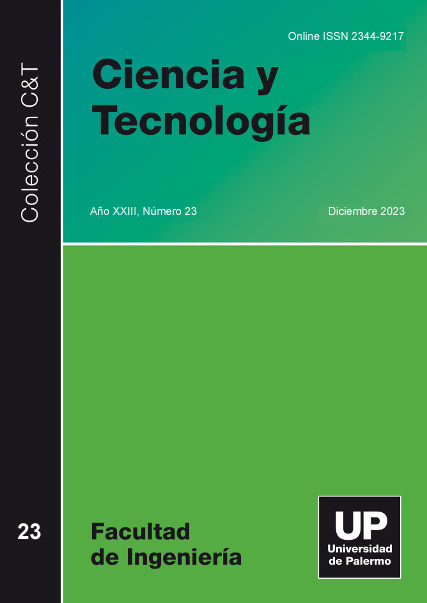Methodology for housing projects competition analysis from the perspective of contemporary ways to inhabit.
Abstract
This paper aims to study housing architecture competitions, by articulating the theoretical frameworks of the design process and the ways to inhabit. It seeks to generate systematization tools for analyzing the housing project by applying categories for its evaluation. A qualitative method of housing analysis is used to study, survey, analyze, compare, and identify the main characteristics of the different housing prototypes. This tool allows to evaluate the different variables througha graphical synthesis and qualitative observations. The importance of understanding the competitions as a relevant study object lies in being able to analyze housing from different perspectives, including the participants and inhabitants. Contrasting the design process and its relationship with the theoretical-social context in each case, allows us to interpret the complexity of the housing problem and to generate answers according to the social demands.
Downloads
References
Barczuk, I. (2021). El concurso como herramienta de pensamiento: Una revalidación del carácter investigativo y experimental de las competiciones arquitectónicas. Anales de Investigación en Arquitectura Nº 11 (1). doi:DOI: https://doi.org/10.18861/ania.2021.11.1.3069
Barreto, M. (2010). El concepto de “hábitat digno” como meta de una política integral de áreas urbanas deficitarias críticas, para la integración social desde los derechos humanos. Revista INVI, 25(69).
CAPBA D8. (2020). BASES: Concurso Distrital de Anteproyectos Vivienda Unifamiliar LIPOLCC. Benito Juarez: CAPBA D8.
Díaz Eliash, H. (2005). Reflexiones sobre los concursos de arquitectura. . Arquitecturas del Sur Nº23(31), 45-51.
Doberti, R. (2008). Espacialidades. Buenos Aires: Ediciones Infinito Buenos Aires.
Fernandez, R. (2012). Proyecto americano en el flujo global-local. Pensar global/proyectar local.
Forster, S., Bogani, R., & Cárdenas, G. (2008). Metodologia y desarrollo. From Integraciones Heterogeneas.: https://cargocollective.com/integracionesheterogeneas/Metodologia-y-desarrollo
Gaete-Reyes, M. (2018). Metodos cualitativos en el análisis del habitat residencial. In M. Gaete-Reyes, P. Jirón Martinez, & R. Tapia Zarricueta, Metodología de diseño arquitectonico Edwin Haramoto. Adopciones y Adaptaciones. Santiago de chile.: Adrede editora.
Haramoto, E., Chiang, P., Kliwadenko, I., & Sepulveda, R. (1987). Vivienda Socia. Tipología de desarrollo progresivo. Santiago de Chile.: Instituto de la vivienda. FAU. Universidad de Chile.
Montaner, J. (2010 ). Arqueología de los diagramas. Cuadernos de Proyectos Arquitectonicos.Nº1.
Montaner, J., Muxi, Z., & Falgan, D. (2010 ). Herramientas para habitar el presente. Barcelona: Master laboratorio de vivienda del siglo XXI.
Muñoz Cosme, A. (2018). El Proyecto de Arquitectura. Concepto, proceso y representación. Barcelona : Editorial Reverté.
Trueba , A., Díaz Varela , M., & Tomadoni, M. (2022). Modos de habitar el proyecto: Herramientas de sistematización para el análisis de los concursos de vivienda en Benito Juárez, Argentina. Actas del XXXX Encontro e XXV Congresso de Escolas e Facultades Públicas de Arquitectura da América do Sul (ARQUISUR). Porto Alegre: ARQUISUR.
The articles published in the journal Ciencia y Tecnología are the exclusive property of their authors. Their opinions and content belong to their authors, and the Universidad de Palermo declines all responsibility for the rights that may arise from reading and/or interpreting the content of the published articles.
The reproduction, use or exploitation by any third party of the published articles is not authorized. Its use is only authorized for exclusively academic and/or research purposes.









